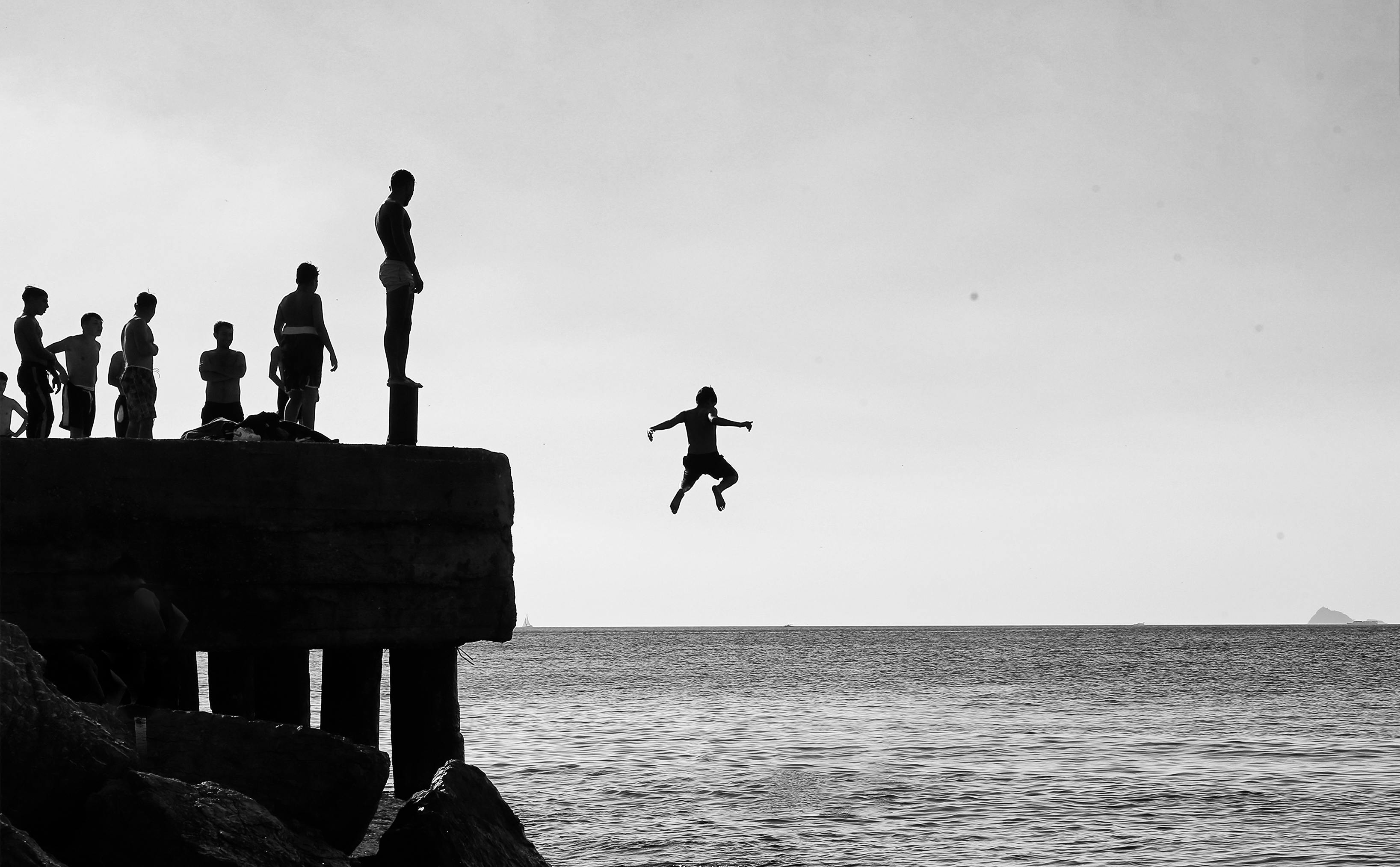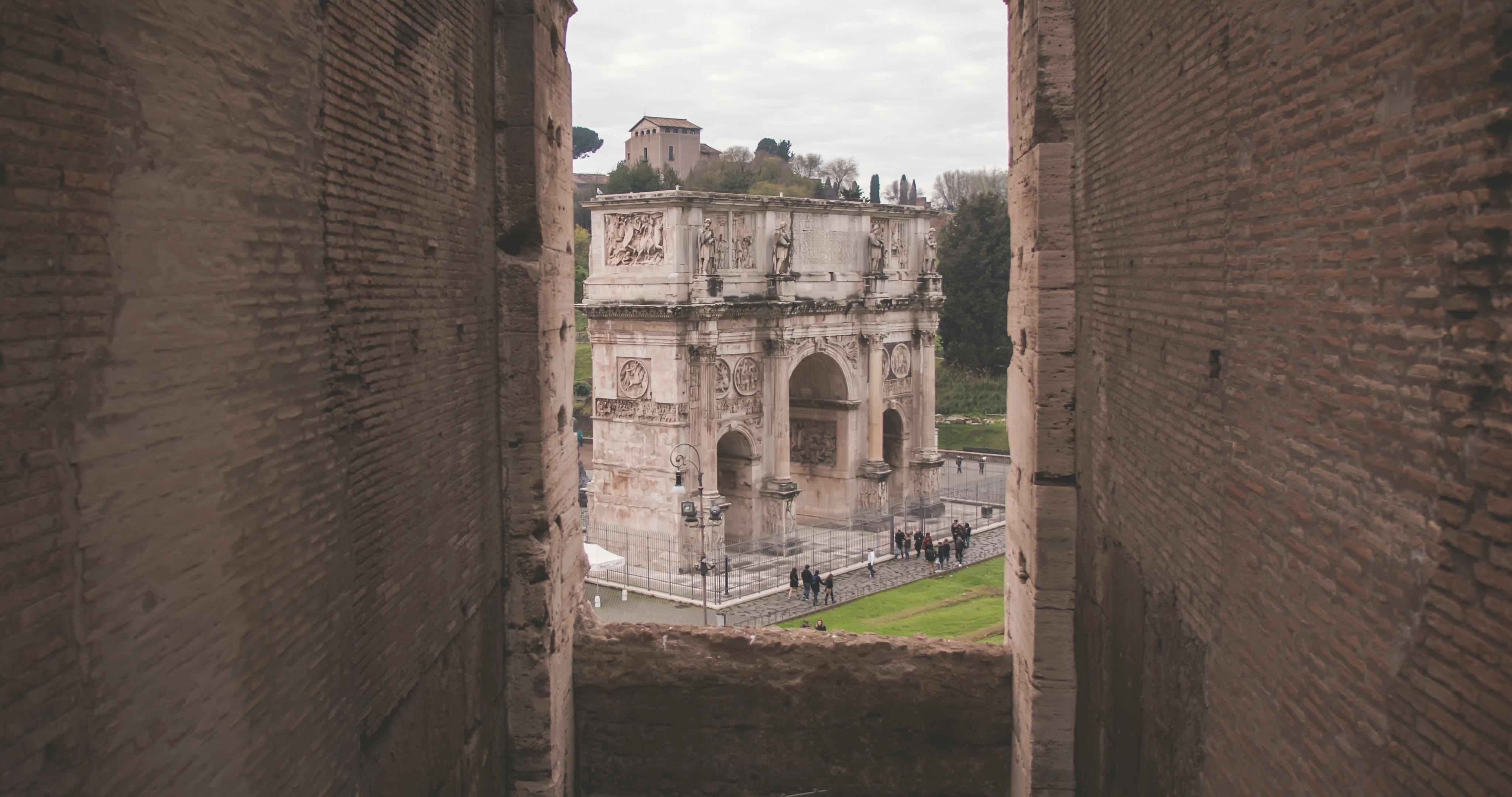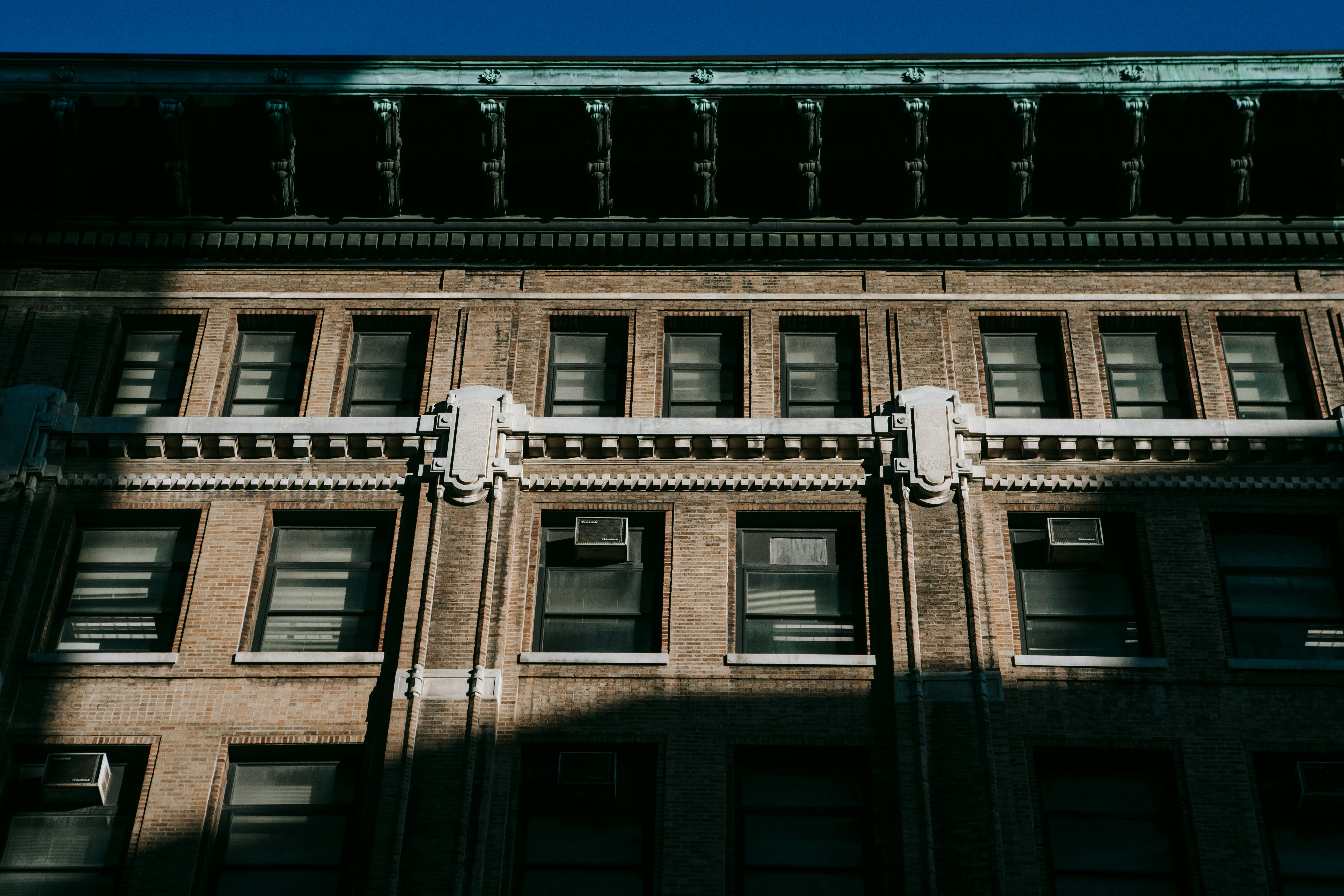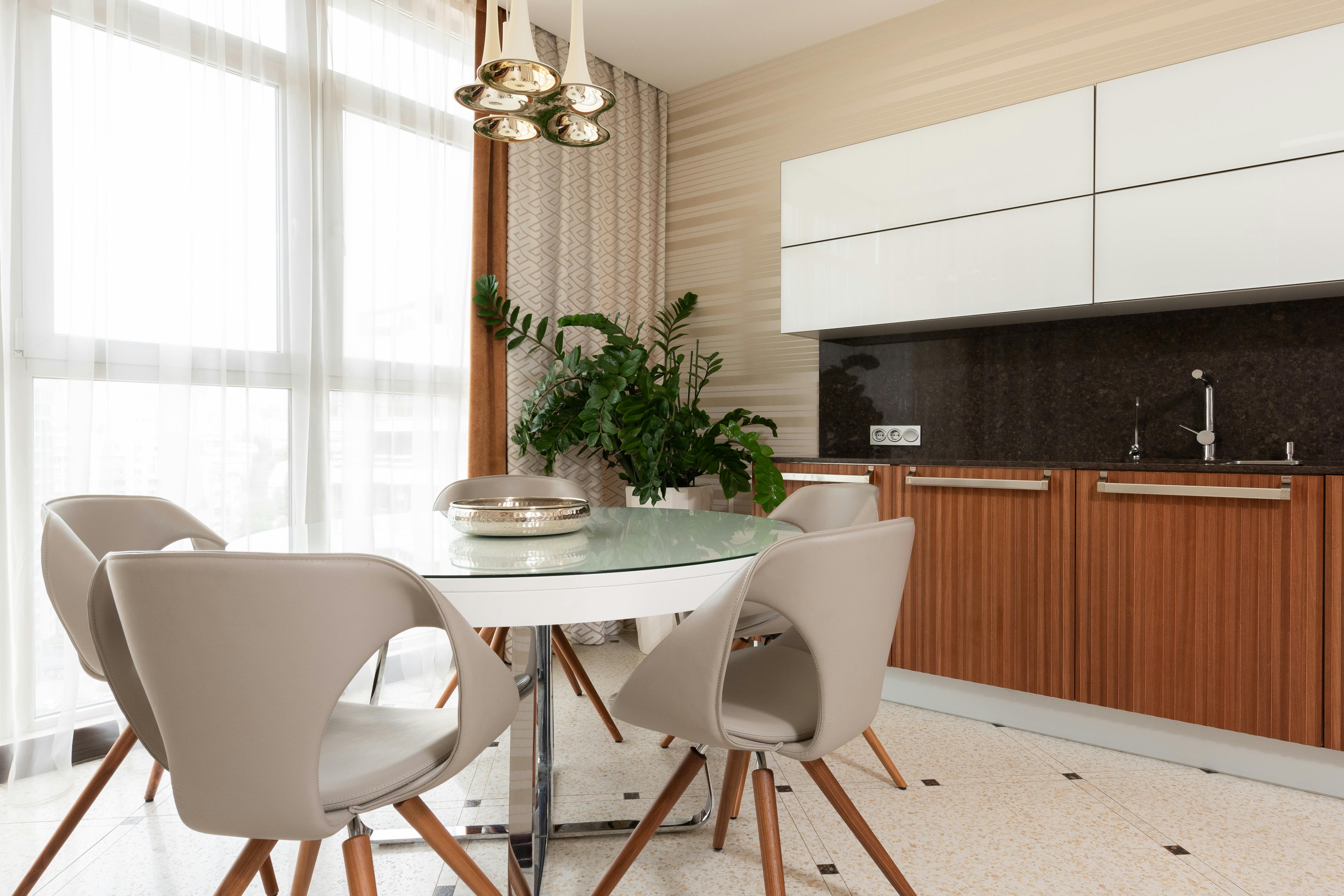Since 1972, the United Nations Educational, Scientific and Cultural Organization has designated the world’s most notable natural and cultural monuments as World Heritage Sites. Early lists of World Heritage sites included the Galapagos Islands and Mount Everest, the Roman Forum, and Machu Picchu, along with the Grand Canyon, the Great Barrier Reef, and the Great Wall of China.
The list has now grown to almost over 800 sites, and World Heritage provides world-class field services to reach these and other landmarks safely and in style. There are a number of UNESCO World Heritage Sites in Barcelona, the most famous being La Sagrada Familia. The others include the Hospital de Sant Pau (which also houses the national library of Catalonia), the Palau de la Música Catalana concert hall, the gardens of Park Güell, the Gaudí-designed Casa Milà, Casa Batlló, Palau Güell, Casa Vicens and the crypt in Colonia Güell. These buildings alone justify a day of sightseeing around the city.
The Sagrada Familia church, inscribed on the World Heritage List in 2005, is the most visited monument in Spain and the only major church in the world currently under construction. The Sagrada Familia is a striking example of Gaudí’s unique Art Nouveau architecture and is full of symbolism and religious significance. Eight of the twelve planned towers have been built, rising to more than 100 meters. These represent the Twelve Apostles and each bears the apostle’s name and statue of him.
The Palau de la Música Catalana is an exuberant steel-framed structure filled with light and space, and decorated by many of the leading designers of the day. And the Hospital de Sant Pau is equally daring in its design and decoration, while perfectly adapted to the needs of the sick.
The next site is Park Güell, which has been a World Heritage Site since UNESCO added it to its list of cultural assets in 1984. The Park Güell project, commissioned by Eusebi Güell, originated within the urban and bourgeois phenomenon represented by Catalan modernism. movement, modernism, through one of the key figures of contemporary architecture, Antoni Gaudí.
Barcelona has quirky architecture, trendy clubs, a vibrant art scene and friendly, stylish people. Obsessed with playful and radical interpretations of everything from painting to theatre, design and urban development, Barcelona always surprises itself in its constant search for excitement and self-renewal.
In addition, this city is open and very friendly to visitors, offering them a pleasant vacation and a comfortable stay in Barcelona hotels. You can choose from a wide selection of hotels in Barcelona and make your reservation in advance. Whether you are looking for your hotel by price or by stars, Barcelona has everything you want.
Another great site Casa Batlló is the result of the rehabilitation of a building built in 1877. Gaudí’s imagination and creativity, together with the ideas of the architect Jujol, made the project an exceptional example of housing rehabilitation. He incorporated a new concept of ornamentation and decoration that sought to capture more daylight, facilitating the passage of light through the building.
Gaudí also designed Casa Milà – Apartment block built between 1906 and 1910 in Barcelona for the Milà family. The facade is an impressive undulating mass of rough stone. The windows and doors seem to have been carved out of this mass of stone and are topped with exquisitely crafted wrought iron with plant shapes on the balconies and amazing bars on the two street doors.
The Güell Palace, in the Raval district of Barcelona, is an architectural jewel of Catalan Art Nouveau and a must-see on any tour of Gaudí’s work in the city. He is a representative of the Barcelona Provincial Council, which, as an institution with a cultural vocation open to the city, wants to be accessible to citizens and close to its surroundings.
Casa Vicens This single-family residence of Manuel Vicens was the first designed by Gaudí. The house is built of rough stone, rough red bricks and colored ceramic tiles in a checkerboard pattern and floral motifs. Manuel Vicens was the owner of a brick and tile factory, so the ceramic tiles pay homage to his use. The yellow tile with zinnia flowers, designed by Gaudí, was made by Vicens.
And the last world heritage site Gaudí started is the ambitious crypt project at Colonia Güell near Barcelona in 1898, but only the crypt was finished between 1908 and 1916. However, this is one of the most studied and admired by the architect and a precedent for many of the solutions used in the Sagrada Familia church.




